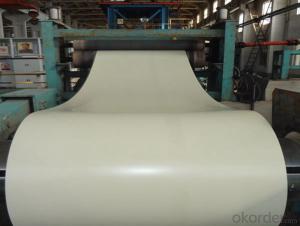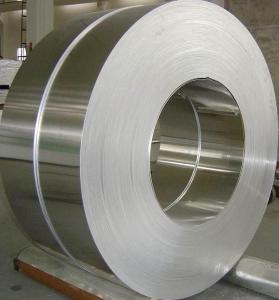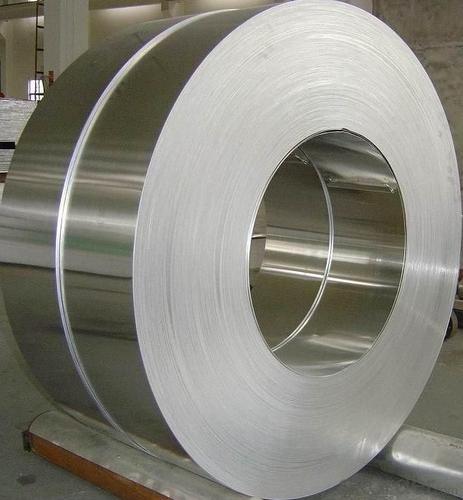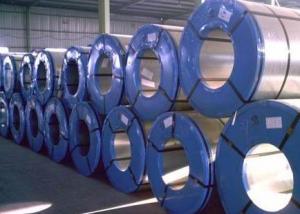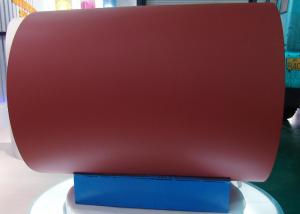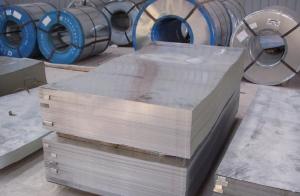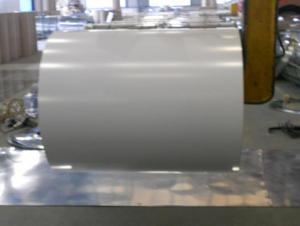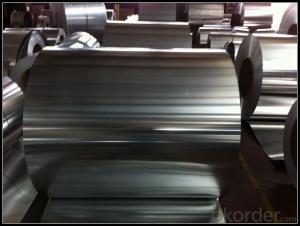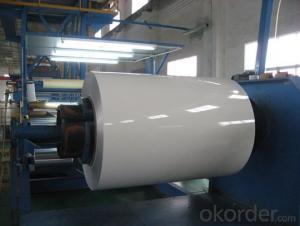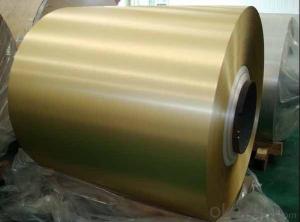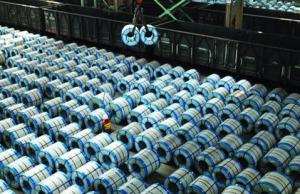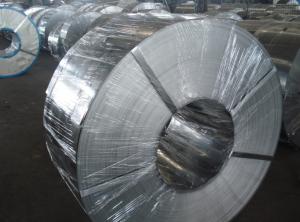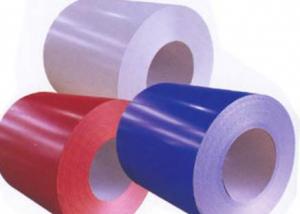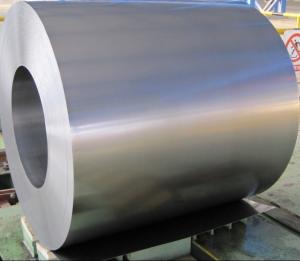new product coil aluminum composite panel roller shutter coated aluminium coil
- Loading Port:
- Tianjin
- Payment Terms:
- TT OR LC
- Min Order Qty:
- 100 m.t.
- Supply Capability:
- 100000 m.t./month
OKorder Service Pledge
OKorder Financial Service
You Might Also Like
1. Specifications
.Strict quality control system
.Highly quality and competitive price
.Good delivery time.
2. Description
It is well known that fluorocarbon lacquer coating (PVDF coating) owes the best acid resistant/alkali and temperature tolerant capabilities of all painting materials. Being the best quality of precoated aluminum, PVDF coated coils are especially suitable for outdoor roofing walls and ceiling manufacturing.
3. Application
Using high-grade polyester lacquer coating material, the finished coated coils are with delicate color uniform texture, color and diverse. It is the most popular and most common used materials in decorative usage. The PE coated aluminum are widely used in ACP( aluminum composite panel ) production and indoor ceiling usage
4. Pictures
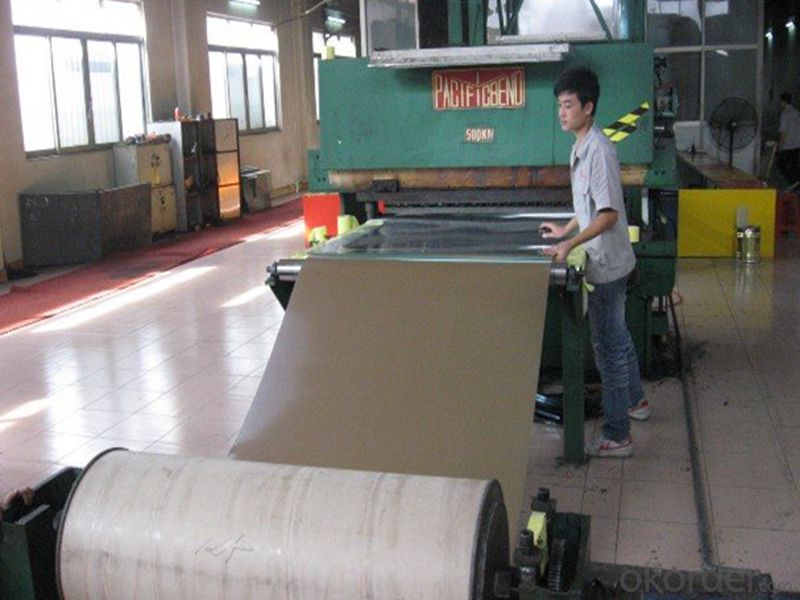
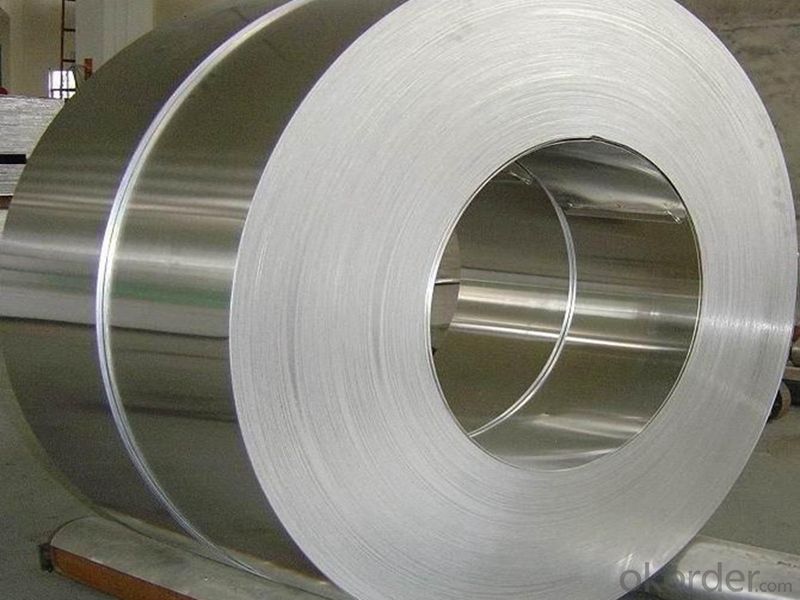
5.FAQ
We have organized several common questions for our clients,may help you sincerely:
①How about your company?
A world class manufacturer & supplier of castings forging in carbon steel and alloy steel,is one of the large-scale professional investment casting production bases in China,consisting of both casting foundry forging and machining factory. Annually more than 8000 tons Precision casting and forging parts are exported to markets in Europe,America and Japan. OEM casting and forging service available according to customer’s requirement.
②How to guarantee the quality of the products?
We have established the international advanced quality management system,every link from raw material to final product we have strict quality test;
- Q: How are steel products used in the chemical industry?
- Steel products are widely used in the chemical industry due to their durability, resistance to corrosion, and ability to withstand high temperatures and pressures. They are commonly used in the construction of chemical processing equipment such as tanks, pipelines, reactors, and storage vessels. Steel products also play a vital role in supporting and securing various chemical processes, ensuring the safe and efficient production of chemicals.
- Q: What are the different types of steel gratings and walkways available?
- There are several different types of steel gratings and walkways available, including standard welded steel gratings, pressure-locked gratings, riveted gratings, and heavy-duty gratings. These gratings come in various designs and sizes to cater to different applications and load requirements. Additionally, there are also different surface finishes available, such as galvanized, painted, or untreated, depending on the desired level of corrosion resistance and aesthetic appeal.
- Q: How are steel products used in the construction of religious buildings and places of worship?
- Steel products are commonly used in the construction of religious buildings and places of worship due to their strength, durability, and versatility. They are utilized in various structural components, such as beams, columns, and trusses, to provide stability and support to the entire structure. Steel is also used for roofing, cladding, and facade systems, offering protection against weather elements while adding aesthetic appeal. Additionally, steel is used in the construction of stairs, railings, and decorative elements, enhancing the overall design and functionality of religious buildings.
- Q: What are the different types of steel chains and their uses?
- There are various types of steel chains, each designed for specific applications. Some common types include welded chains, roller chains, and stainless steel chains. Welded chains are known for their strength and are commonly used in lifting and towing applications. Roller chains are widely used in machinery and automotive industries to transmit power. Stainless steel chains are corrosion-resistant and are often used in environments where exposure to moisture or chemicals is a concern, such as in food processing or marine applications.
- Q: What are the properties of galvanized steel?
- Galvanized steel is a type of steel that has been coated with a layer of zinc, providing it with several beneficial properties. It exhibits excellent corrosion resistance, making it suitable for outdoor applications and environments prone to moisture. The zinc coating acts as a sacrificial barrier, protecting the underlying steel from rust and oxidation. Galvanized steel also has high durability, as the zinc layer enhances its resistance to scratches, abrasion, and impacts. Additionally, it offers good formability, allowing it to be easily shaped and fabricated into various structures or products. Overall, galvanized steel offers strength, longevity, and cost-effectiveness, making it a popular choice in construction, automotive, and industrial sectors.
- Q: What are the applications of steel wire mesh in agricultural fencing?
- Steel wire mesh is commonly used in agricultural fencing due to its durability and strength. It provides effective containment for livestock, keeping them safe and secure within designated areas. Additionally, steel wire mesh acts as a barrier, preventing unauthorized entry of pests and predators, thereby protecting crops and livestock. It can also be used to create enclosures for poultry, rabbits, and other animals, allowing for efficient management and control. Overall, the applications of steel wire mesh in agricultural fencing are essential for maintaining the integrity and productivity of agricultural operations.
- Q: What are the different types of steel products used in the manufacturing of gardening tools?
- There are various types of steel products used in the manufacturing of gardening tools, including stainless steel, carbon steel, and alloy steel. Stainless steel is popular due to its resistance to corrosion and rust, making it ideal for tools exposed to moisture. Carbon steel is durable and can be heat-treated for added strength, commonly used for blades and pruning tools. Alloy steel, a blend of different metals, offers a combination of strength, durability, and resistance to wear and tear, making it suitable for heavy-duty gardening tools.
- Q: What are the common types of steel products used in the pet grooming and care industry?
- The common types of steel products used in the pet grooming and care industry include grooming scissors, grooming shears, grooming combs, grooming brushes, and grooming clippers. These steel products are essential for maintaining the hygiene and appearance of pets during grooming sessions.
- Q: How are steel products used in the manufacturing of furniture?
- Steel products are commonly used in the manufacturing of furniture to provide structural support, durability, and aesthetic appeal. Steel is often used in the construction of chair frames, table legs, and cabinet components, as it offers strength and stability. Additionally, steel can be shaped and formed into various designs and finishes, allowing for versatile and modern furniture designs.
- Q: How are steel products used in the manufacturing of appliances?
- Steel products are extensively used in the manufacturing of appliances due to their strength, durability, and heat resistance properties. Steel is used to construct the frames, bodies, and outer casings of appliances such as refrigerators, washing machines, and ovens. It provides the necessary structural support and protection while also enhancing the overall aesthetics of the appliances. Additionally, steel is used in the production of various internal components like motors, heating elements, and coils, contributing to the efficient and reliable functioning of these appliances.
Send your message to us
new product coil aluminum composite panel roller shutter coated aluminium coil
- Loading Port:
- Tianjin
- Payment Terms:
- TT OR LC
- Min Order Qty:
- 100 m.t.
- Supply Capability:
- 100000 m.t./month
OKorder Service Pledge
OKorder Financial Service
Similar products
Hot products
Hot Searches
Related keywords
